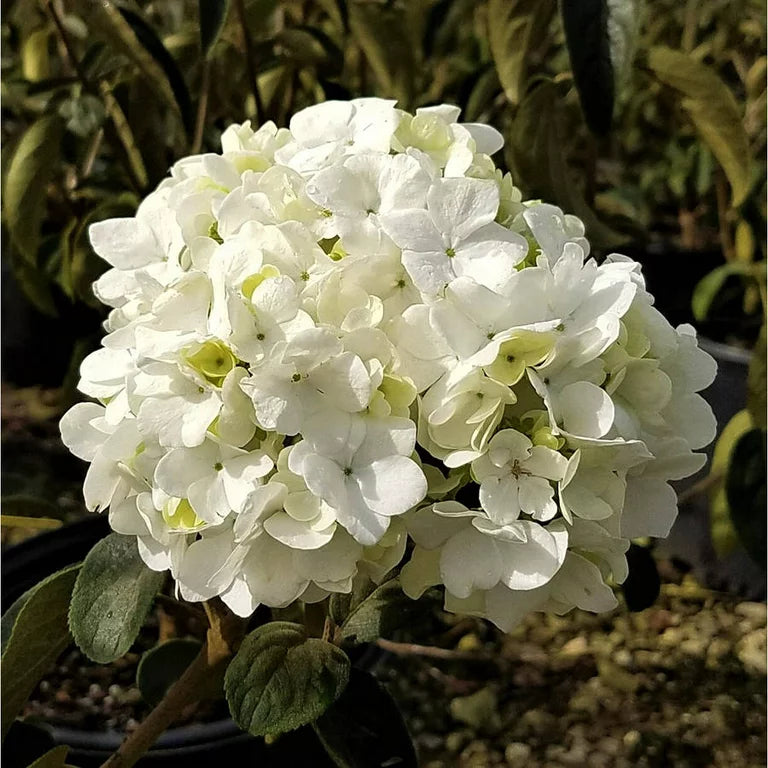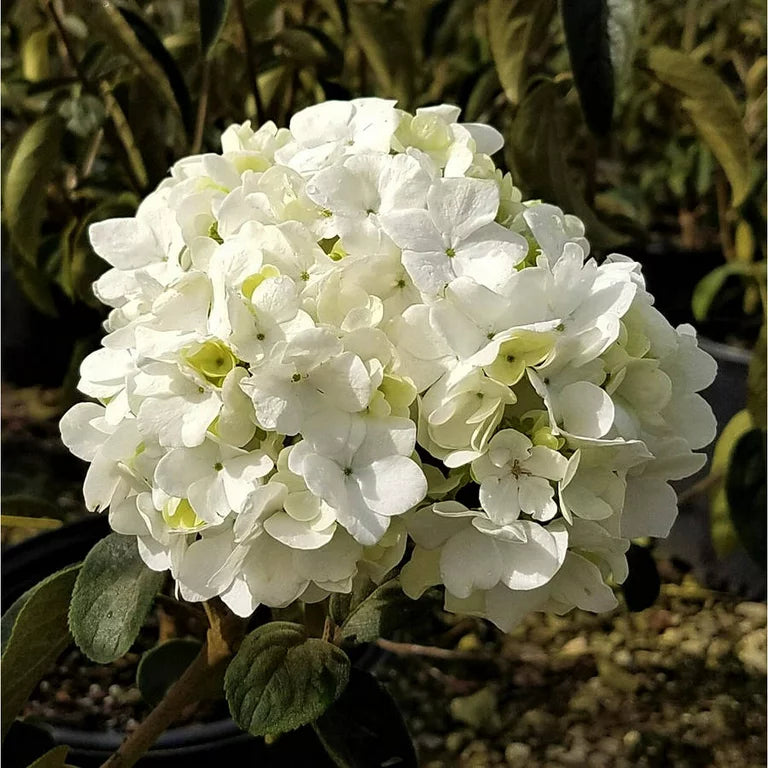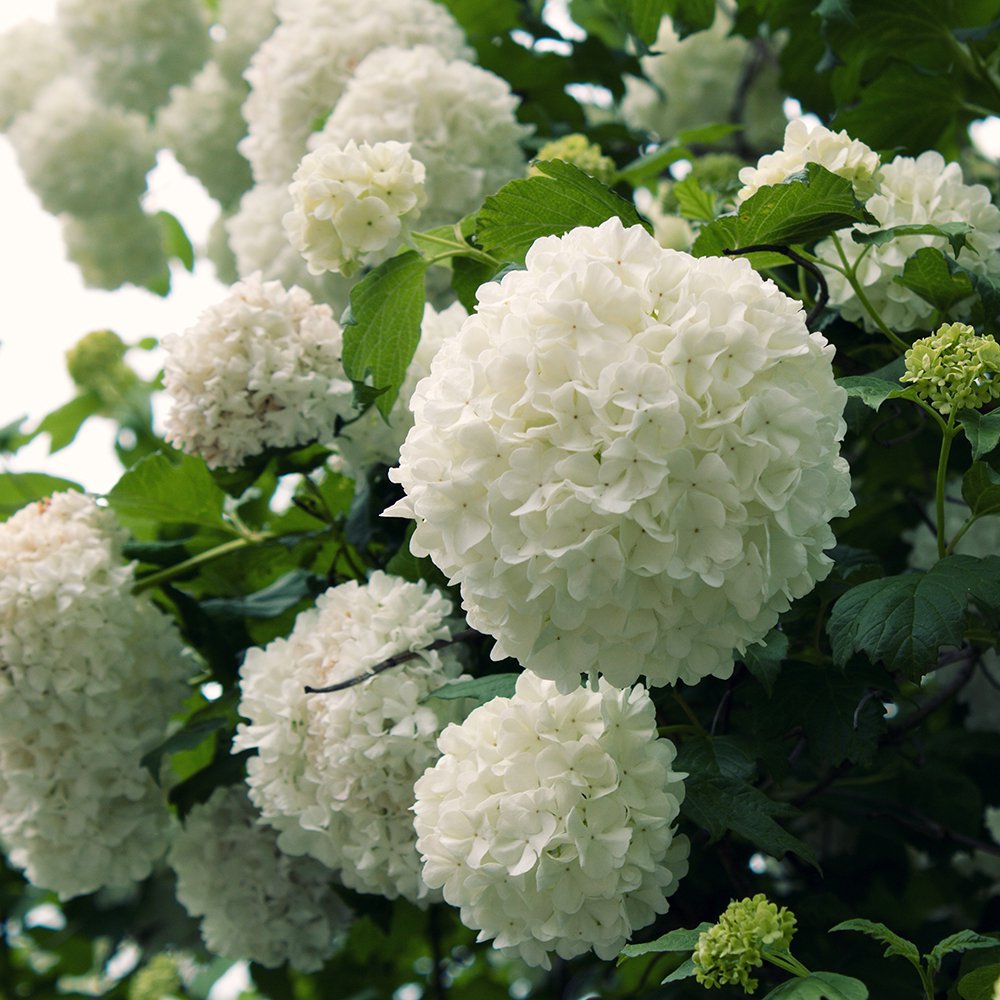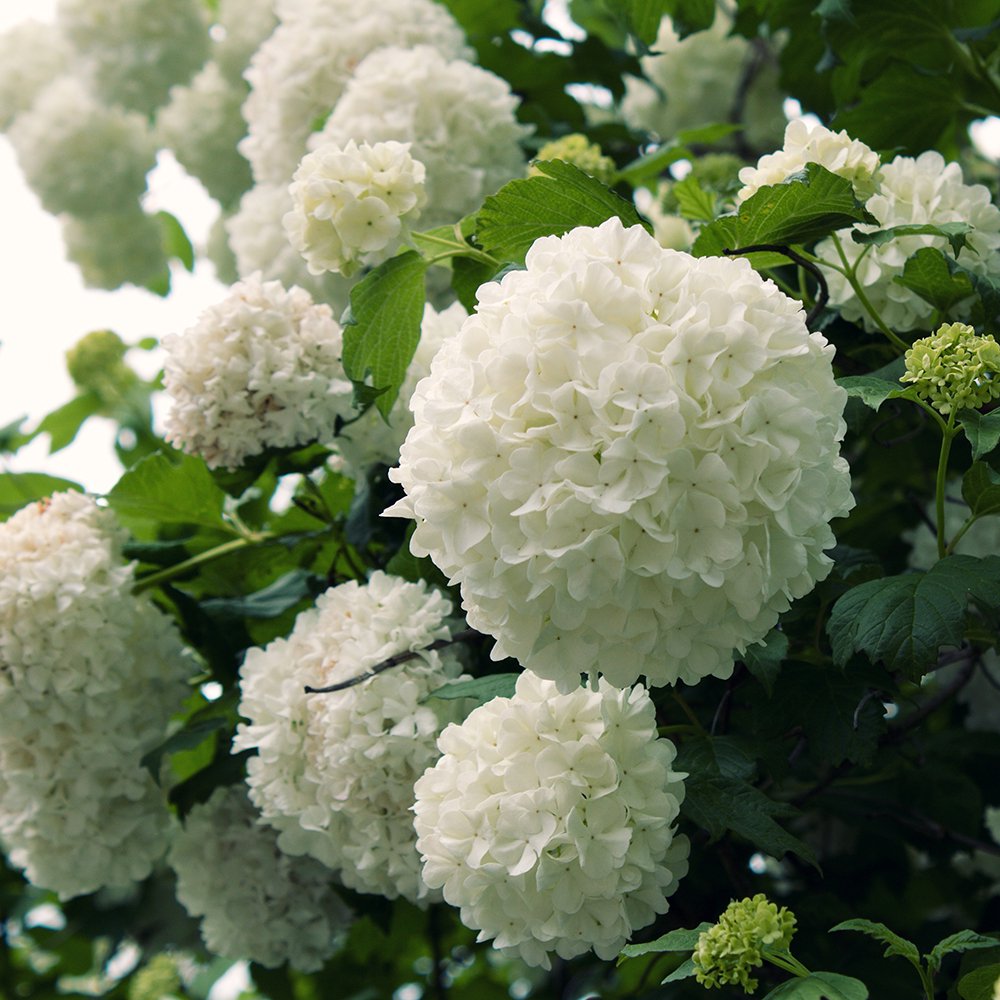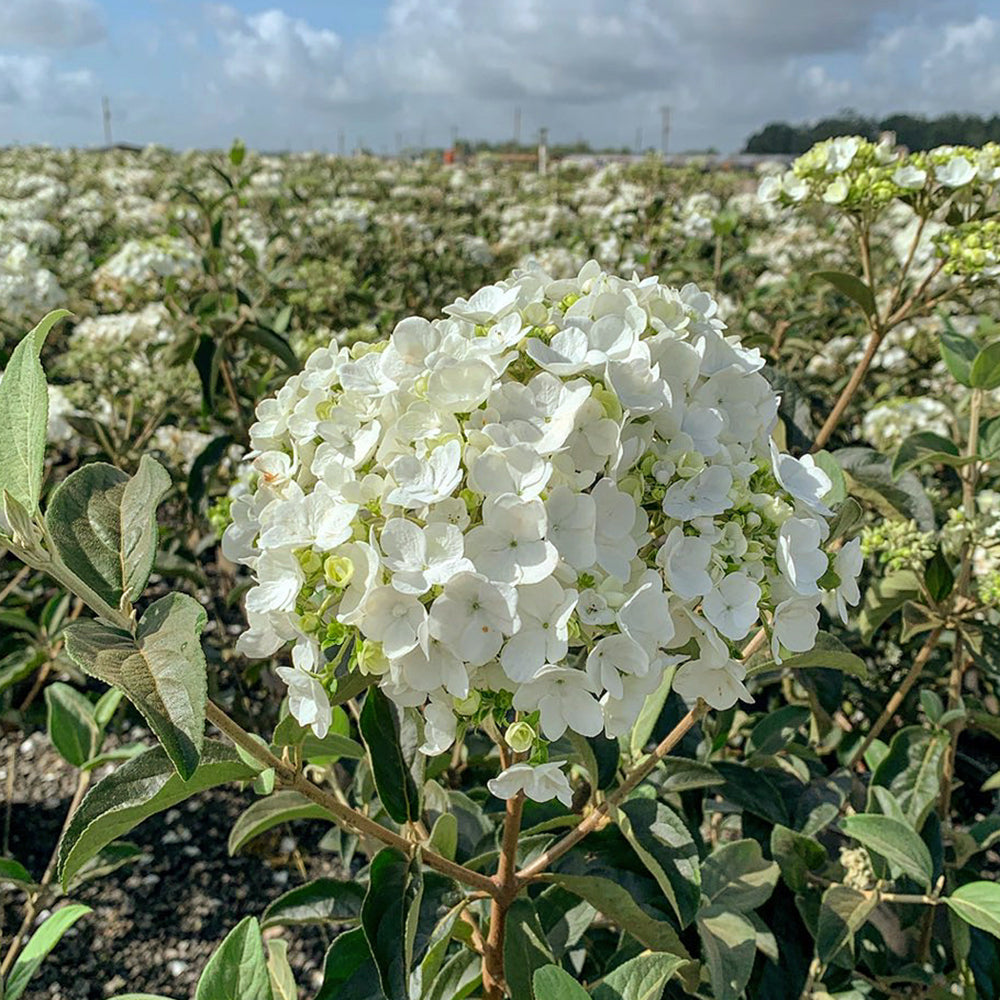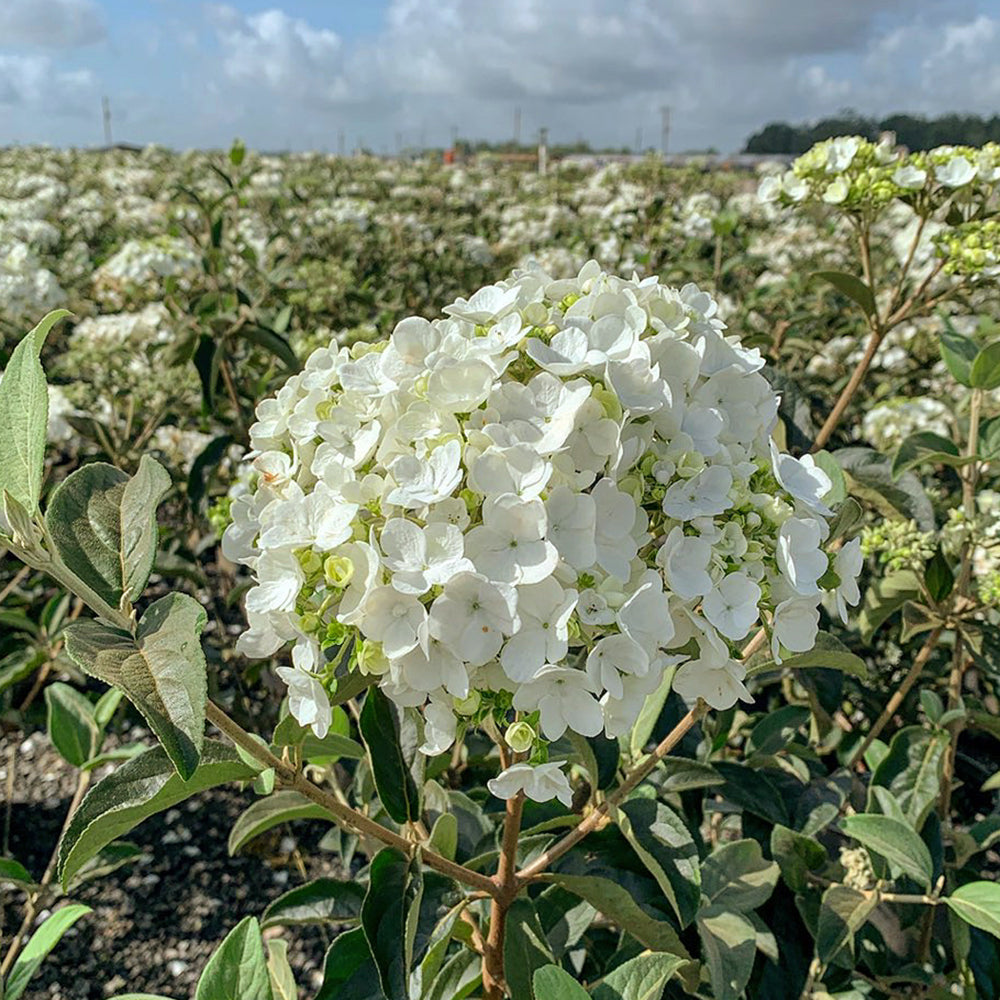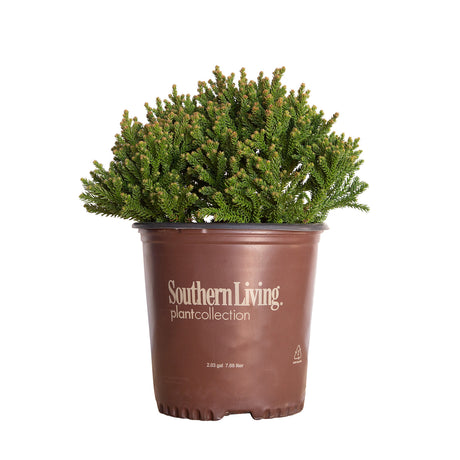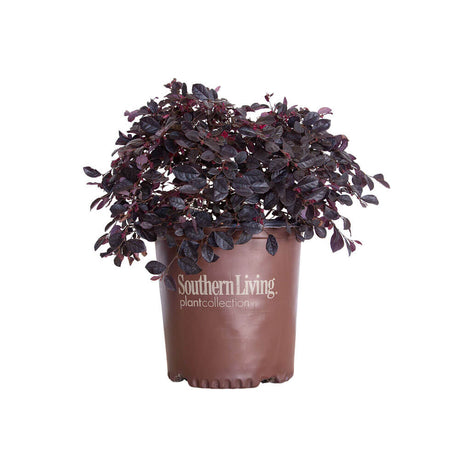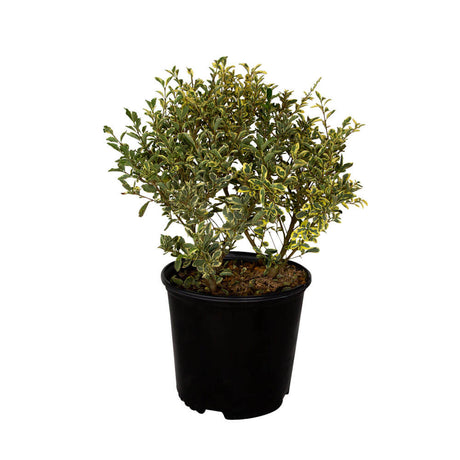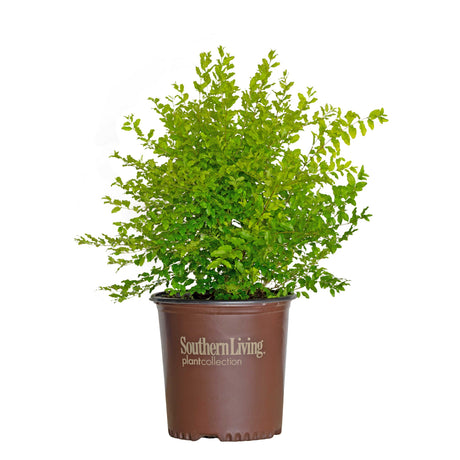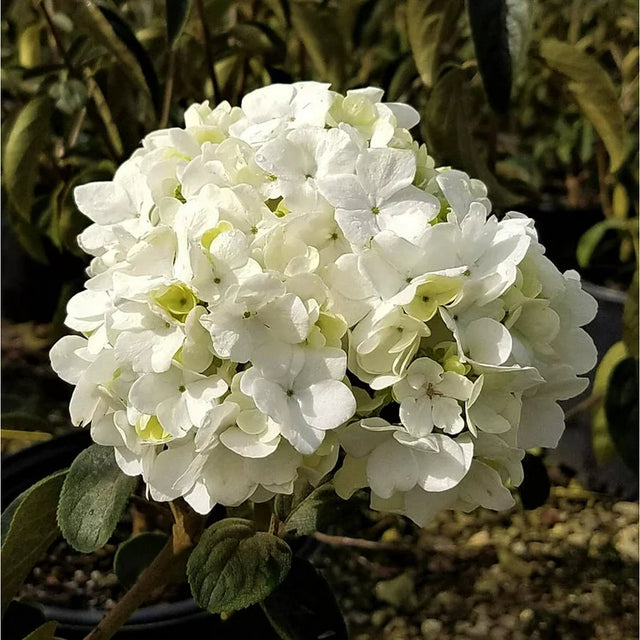Chinese Snowball Viburnum
Chinese Snowball Viburnum - 2.4 Gallon is backordered and will ship as soon as it is back in stock.
Couldn't load pickup availability
Description
Description
The Chinese Snowball Viburnum (Viburnum macrocephalum) steals the show in almost any landscape! Mophead, hydrangea-like blooms emerge at the end of spring, spanning around 6-8 in. across. Initially, these blooms are a chartreuse green before maturing to the gorgeous crisp white that is characteristic of this variety. These blooms will coat nearly the entire shrub, creating a truly spectacular display in your yard. Each year will produce a more impressive floral show than the previous as this shrub reaches its full-size potential, which is 10-15' H x 10-12' W!
Light green leaves emerge from sturdy branches in spring before maturing to an attractive dark green. Gardeners in warm zones where this shrub proves evergreen will appreciate the reliable winter color.
Unlike other Viburnums, this variety is sterile and will not produce fruit. Furthermore, the Chinese Snowball's blooms are not fragrant, a negative for some gardeners while a positive for others.
Additionally, birds will appreciate the rigid branches of the Chinese Snowball for nesting and shelter purposes.
*The Chinese Snowball Viburnum is a deciduous/semi-evergreen plant and will go dormant during the winter months. When this plant is ordered during the Fall/Winter expect seasonal foliage decline(discoloration, spots, leaf drop) or the plant to arrive completely dormant.*
Chinese Snowball Viburnum Care
Hardy in USDA Zones 6-9. The Chinese Snowball is deciduous in particularly cold climates and evergreen to semi-evergreen in all warmer zones.
This Viburnum grows best when planted in Full Sun to Part Shade, and in slightly acidic, well-draining garden soil. Southern regions in the U.S. have greater success with this variety when it is shielded from afternoon sun. However, too much shade will result in less impressive bloom cycles.
For the first growing season, water 2-3 times per week in average weather conditions (3-4 times per week during dry/hot weather). This will help it to establish deep root systems. Afterward, supplemental watering is rarely needed.
Fertilize the Chinese Snowball Viburnum in early spring with a slow-release balanced fertilizer. Alternatively, use an acidic organic fertilizer once every couple months during the growing season.
Here are some additional planting tips for acid-loving plants.
Popular Companion Plants
- Putting together a white-blooming garden? Consider planting the Chinese Snowball as a taller element in a garden, with the Star Jasmine as either a groundcover or climbing vine, the Jubilation Gardenia as a medium-height summer-blooming element, and the Autumn Ivory Encore Azalea as a reblooming low-growing shrub.
- Plant shade-tolerant grasses around the base of your plant to create additional color and texture interest. We recommend Sedge grasses such as the Everillo Carex or Everest Carex.
- Mix them in with some tall pyramidal evergreens for a strikingly elegant color, texture, and shape contrast. We recommend Juniper Trees or Arborvitae Trees.
Frequently Asked Questions:
"Is the Chinese Snowball sterile? Will it produce berries?"
This cultivar is, in fact, sterile. Therefore, it will not produce berries like other varieties in the species.
"Is it Deer-Resistant?"
Sort of. Deer don't particularly enjoy the taste of this plant. However, they aren't deer-proof, as they may nibble at them if they're particularly hungry.
Care & Use
Care & Use
Spacing Recommendations
Spacing Recommendations
-
Scientific Name
-
Hardiness Zone6, 7, 8, 9
-
Sun ExposureFull Sun to Part Shade
-
Evergreen or DeciduousDeciduous
-
FeaturesFlowering
-
Feature ColorGreen, White
-
UsesBorder, Cut Flowers, Foundation Planting, Specimen
-
Water NeedsMedium
-
Bloom SeasonSpring
Growing Zones : 6, 7, 8, and 9

